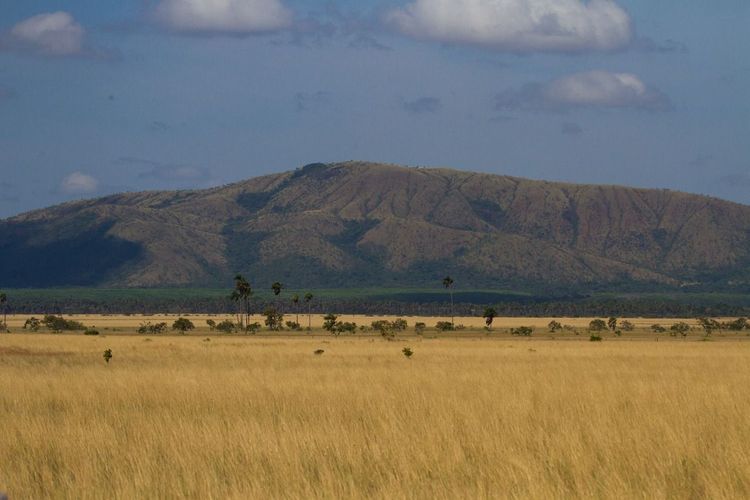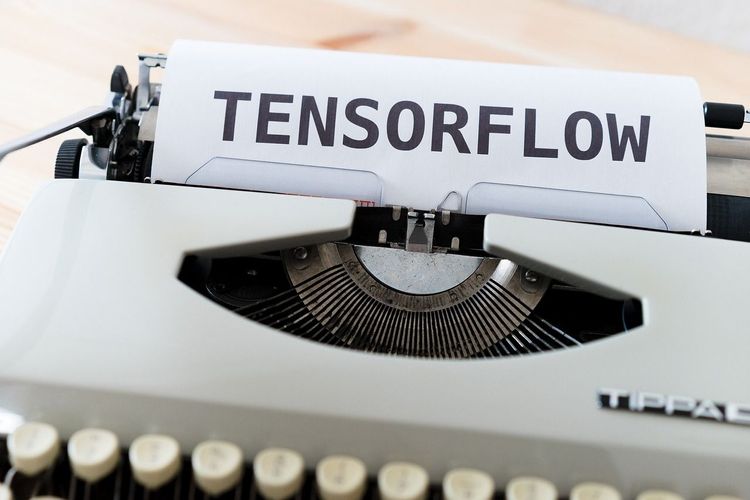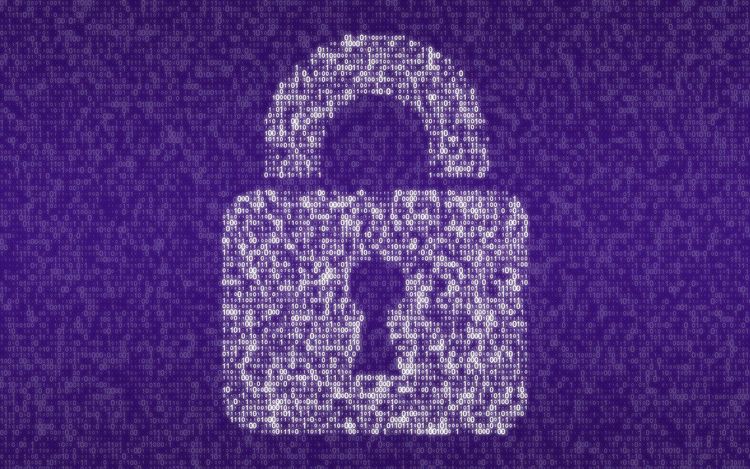At OpenAI's inaugural developer conference, DevDay, CEO Sam Altman unveiled a host of exciting new features, with the standout being the GPT Builder.
This revolutionary tool, currently being rolled out to ChatGPT Plus and Enterprise subscribers, empowers users to create custom GPTs—intelligent AI agents built on OpenAI’s advanced GPT-4 Turbo model—using simple English commands. This functionality is designed for everyone, including those with no technical background, enabling them to develop AI agents and applications in just minutes.
These custom GPTs can refer to user-uploaded documents and perform specified actions, including integrating with other applications. For example, they can search for calendar conflicts and automatically message meeting participants, as showcased by Zapier during the event. OpenAI plans to launch a GPT Store, where creators can list their third-party GPTs and share in the revenue generated from their use.
While the GPT Builder has not yet reached full accessibility, early users report that it is user-friendly and requires no prior coding or development experience. Here are some examples of the innovative GPTs created by early adopters:
Product Prototyping
Ethan Mollick, a professor at the University of Pennsylvania's Wharton School of Business, utilized ChatGPT’s browsing capabilities and the DALL-E 3 image generator to create "Trend Analyzer." This GPT identifies market trends in specific segments and generates prototype images for new product ideas.
Simpsonize Me GPT
Matt Schlicht, CEO of Octane AI, developed "Simpsonize Me GPT," which transforms user-uploaded profile photos into cartoon-style images that resemble characters from The Simpsons. Schlicht built this engaging tool in under ten minutes by leveraging DALL-E 3 and ChatGPT’s All Tools mode.
Maximizing Social Engagement on X
Rowan Cheung, an AI influencer, created "X Optimizer GPT," which automatically analyzes proposed social media posts and suggests enhancements for better engagement. Cheung built this tool swiftly by uploading his X (formerly Twitter) post data for analysis.
Creating Animated GIFs with Gif-PT
Nick Dobos, an app developer and former Twitter employee, introduced "Gif-PT." This GPT generates frames from images and compiles them into animated GIFs using Python code via ChatGPT’s Advanced Data Analysis mode. While he noted some inconsistencies in the outcomes, Dobos expressed his amazement at the results, especially given the minimal development time.
Coaching and Mindfulness
During his live keynote at DevDay, Altman presented a custom GPT designed for tech founders, drawing from his experiences with venture capitalists. Other early GPTs include a product coaching GPT by Yana Welinder from Kraftful, which offers strategic business insights, and a daily zen guide GPT by Mustafa Ergisi, providing mindfulness exercises for better sleep.
These initial GPTs represent just the beginning of what users can create with the GPT Builder. As this platform evolves, we expect a diverse range of capabilities and applications to emerge.
Reflecting on the early days of the Apple App Store, the inaugural third-party GPTs serve as a promising start for the GPT Builder and the future of the GPT Store. OpenAI’s ambitions mirror those of Apple in the mobile space, setting the stage for a powerful AI future.







